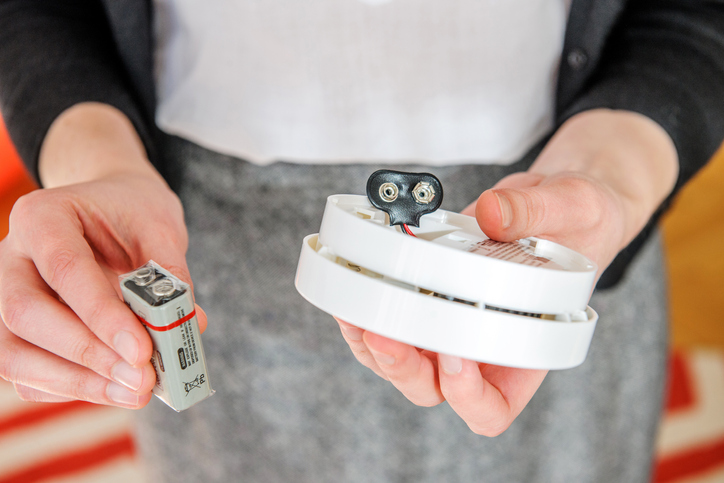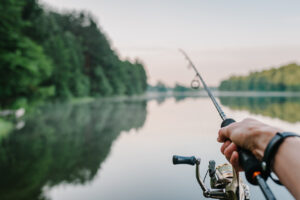With cooler temperatures, there will be cozy fires in the fireplace, space heaters for cold corners, Christmas lights galore, and sadly, an increased potential for fire.
The winter months are a perfect time to review what we know about fires, what you can do to prevent them, and put into place a family plan for evacuation in the event of a fire.
First take a look at these Five Fire Facts from the Federal Government.
Fire Facts
Fire is FAST! A small flame can develop into a major fire in less than 30 seconds creating thick black smoke that can fill a house within minutes.
Fire is HOT! Heat is more of a threat than the actual flames. Room temperatures in a fire can be 100 degrees at floor level and rise to 600 degrees at eye level. Inhaling this super-hot air will scorch your lungs and melt clothes to your skin.
Fire is DARK! Visibility in fire can be non-existent. We think of fires as being super bright, but it produces thick black smoke and renders a room completely dark in minutes.
Fire is DEADLY! Smoke and toxic gases are also more deadly than flames. The poisonous gases produced by fire can make you disoriented and drowsy making it difficult to escape.
Fire Safety Tips
Here are the very basics that you should be doing to protect your home and family. Perhaps most important to note is that these tips are not a one and done. You need to actively maintain the equipment by testing it and replacing batteries, and efforts to prepare your family should be frequent and ongoing.
Smoke Alarms
Install smoke alarms on every level of your home and outside every sleeping area. Experts recommend you test them once a month, and replace the batteries at least once a year.
TIP: To determine the proper amount of smoke alarms you need. This varies from home to home. Check out this resource page from the American Red Cross to calculate exactly what you need.
Carbon Monoxide Alarms
Install a carbon monoxide alarm in a central location outside each separate sleeping area.
TIP: Read this Carbon Monoxide Poisoning Fact Sheet to learn more.
Be Seen
Make sure your house numbers are easily readable. Use reflective paint to paint the numbers on the curb and/or apply reflective numbers to your mailbox so that your home can be quickly and easily located.
Create a Family Plan and Practice Often
- One of the best and most important things you can do is to create and the practice how to get out of every room and establish a meeting place away from the home.
- Make sure everyone knows how to call 9-1-1. Even the very young ones in your home can learn this.
- Teach household members to STOP, DROP and ROLL if their clothes catch on fire.
For more information and helpful tips to care for your home, as well as buying and selling your home, please visit Karen Salter’s other Website Blogs.
If you are contemplating selling or buying a home, Karen would love to partner with you to make the experience an enjoyable and successful one! Contact her today and she will be happy to help you explore your options.









